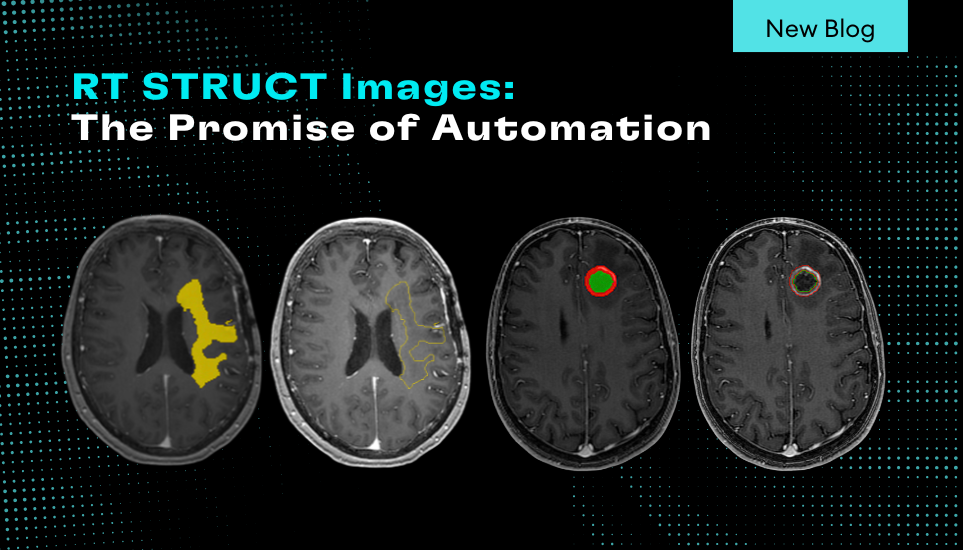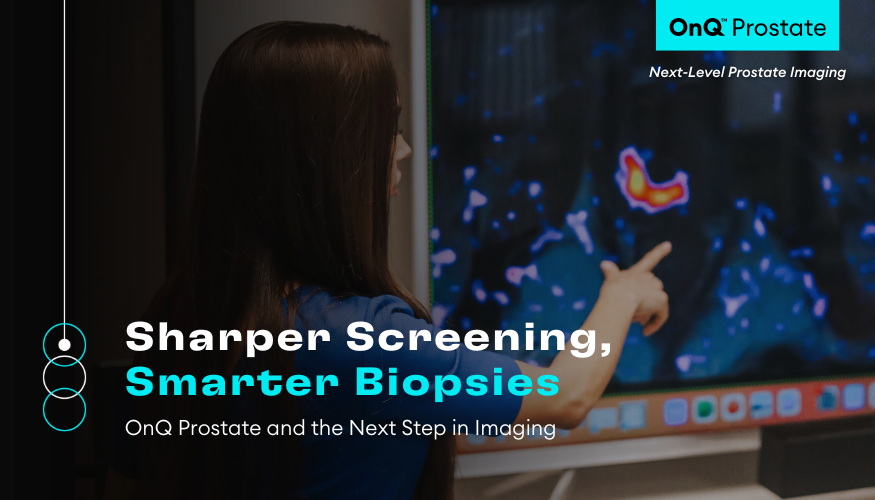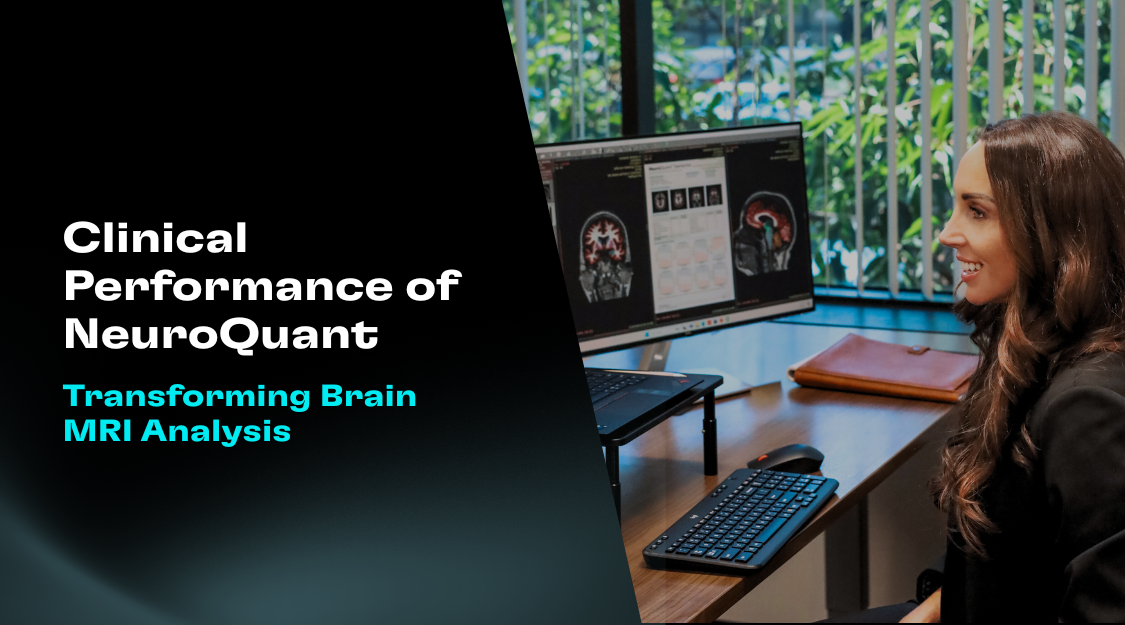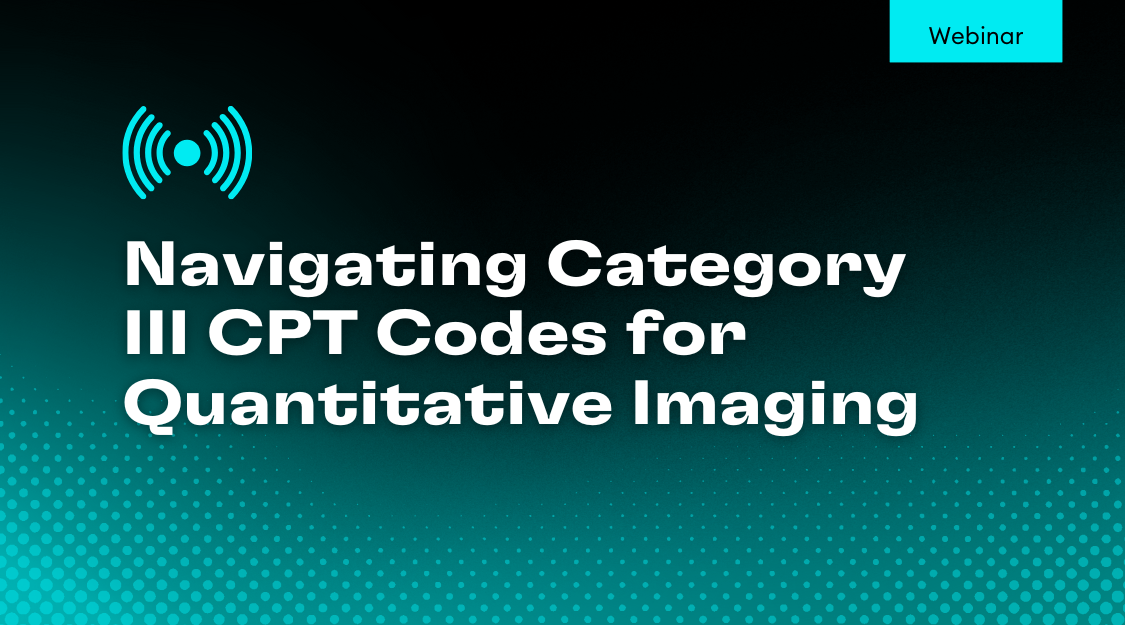Fully-automated quantification of regional brain volumes for improved detection of focal atrophy in Alzheimer’s disease
Volumetric analysis of structural MR images of the brain may provide quantitative evidence of neurodegeneration and help identify patients at risk for rapid clinical deterioration. This note describes tests of a fully automated MR imaging postprocessing system for volumetric analysis of structures (such as the hippocampus) known to be affected in early Alzheimer disease (AD). The system yielded results that correlated highly with independent computer-aided manual segmentation and were sensitive to the anatomic atrophy characteristic of mild AD.
NeuroQuant® Results Published in the American Journal of Neuroradiology.
[button]Download[/button]






